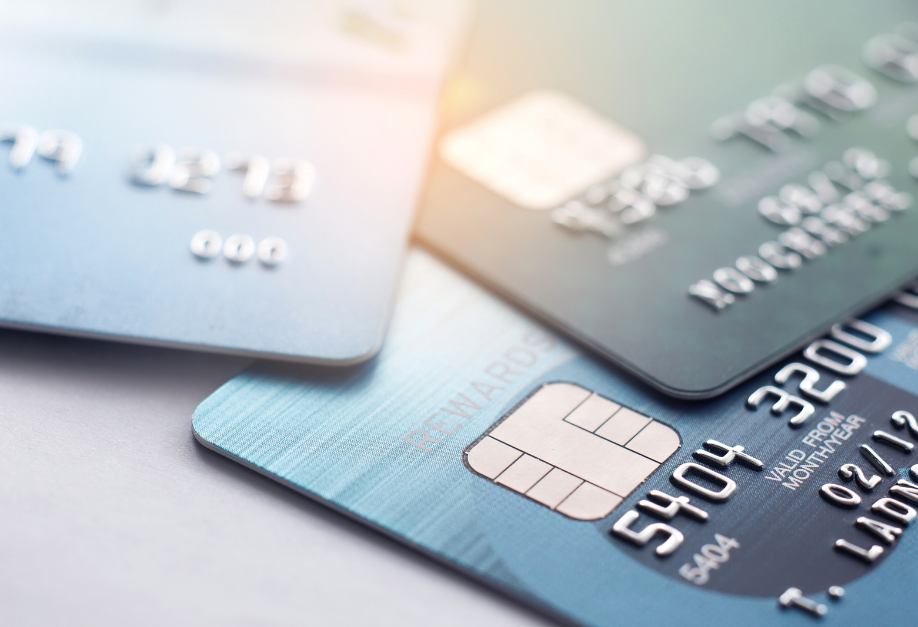What is a loyalty marketing strategy?
A few years ago, companies realised that they had to put the customer back at the heart of their strategies. Philippe Bloch, founder of Colombus Café and author of Service compris 2.0, points out that it costs five times more to win over new customers than to keep them. This is when a new job appeared in the marketing organisation of companies: the Customer Relationship Manager.
In order to meet the objectives of customer loyalty, retention and acquisition, the Marketing Director will develop a loyalty marketing strategy (also called relationship marketing). A set of levers to build loyalty, selected to respond to the problems while facing the new demands of the consumer in need of recognition and immediacy.

Here are some key steps for an effective retention strategy:
DEFINE THE TARGET OF YOUR LOYALTY MARKETING STRATEGY
Before even starting the loyalty marketing strategy, the target should be defined: which customers should the brand pay special attention to? It is important to identify the target customer by their value to the company or by their needs and uses. The target customer will also become an ambassador for your brand and a prescriber for new customers.For example, some brands want to focus on the most profitable customers and engage in a privileged relationship through a high-end loyalty programme. In this way, the brand offers its best customers a higher quality of communication, offer and services, and a real lasting relationship between the company and the customer.
IDENTIFY THE NEEDS AND EXPECTATIONS OF THE TARGET GROUP
The needs and uses of customers differ according to their profiles. The brand must be able to adapt and propose solutions that are appropriate while taking into account that usage and consumption patterns are changing (particularly with digital and new ways of communicating with brands).
RETHINK THE CUSTOMER JOURNEY
When designing the loyalty marketing strategy it is important to define all the stages of the journey that engage customers in the long term.
CONTINUOUS ANALYSIS
The definition of key performance and quality indicators will allow monitoring of the effectiveness of the customer loyalty programme and the company's strategy, as well as measuring satisfaction.
IMPROVE ON A DAILY BASIS
By monitoring the results of continuous analysis and data collection, the brand can continuously improve the performance of its loyalty marketing strategy.
REMAIN INNOVATIVE
By introducing new loyalty tools (products, services, etc.) into the strategy, the brand continuously enriches its customers' experience.
Retention allows you to establish a close relationship between you and your clients, which increases their loyalty to your services and products.
The longer a customer has been with you, the more turnover they will have, which is why it is so important to focus on retention rather than acquisition!





